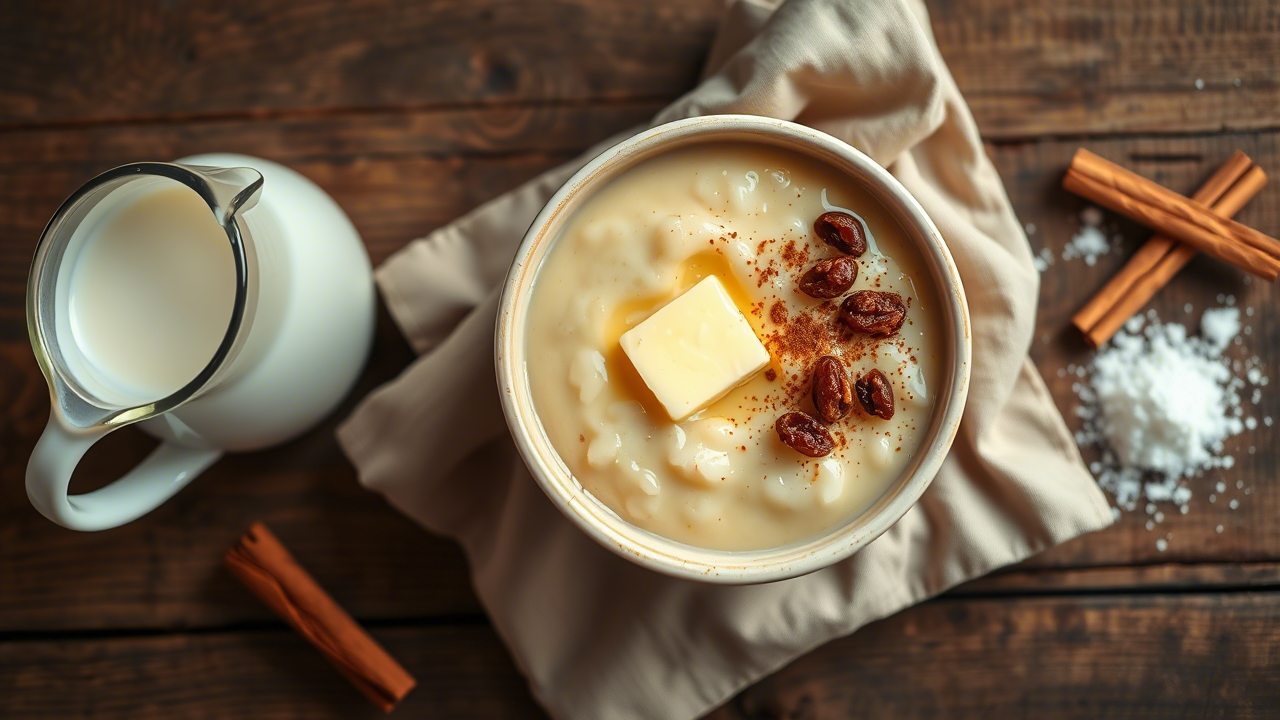Baking & Kitchen Essentials
Handy utensils and tools every home baker should have. Click below to shop on Amazon.

NutriChef 3-Piece Nonstick Baking Pans
Durable and versatile pan, perfect for cakes, casseroles, and more.
View on AmazonMuffin & Cupcake Pan
Classic 12-cup pan for cupcakes, muffins, and mini quiches.
View on Amazon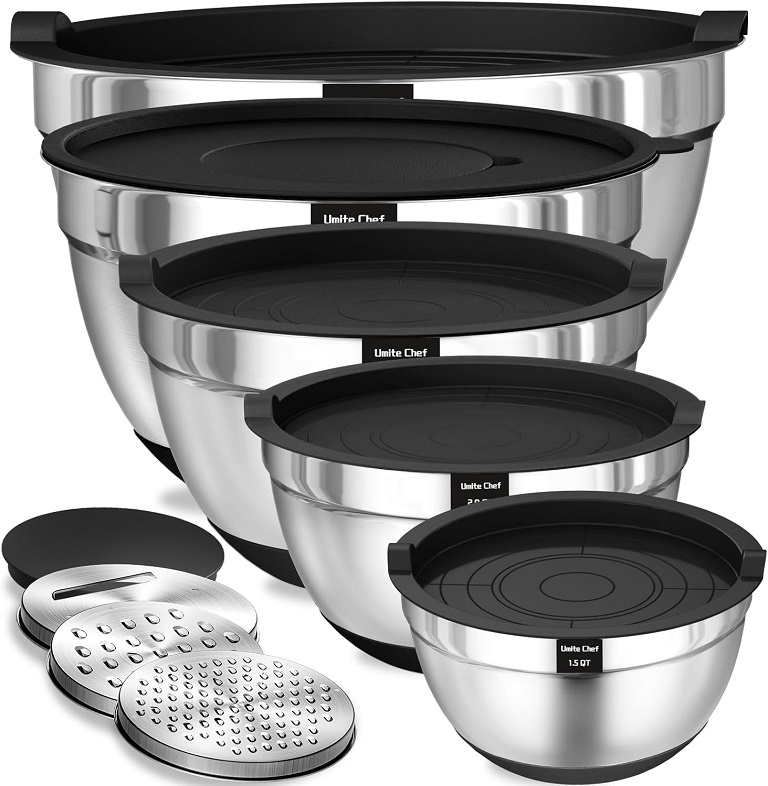
Umite Chef Mixing Bowls Set
Lightweight nesting bowls with lids, great for prep and storage.
View on Amazon5 Pieces Silicone Spatula Set
Heat-resistant spatulas for stirring, folding, and scraping.
View on Amazon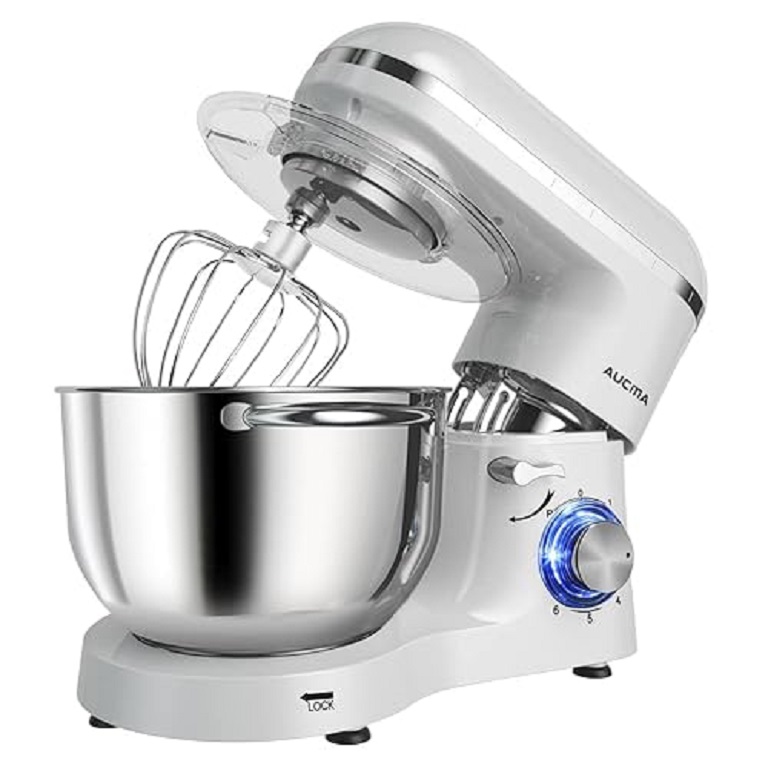
Aucma Stand Mixer,6.5-QT 660W 6-Speed
Powerful mixer with multiple attachments for doughs, batters, and frosting. A must-have for serious bakers.
View on Amazon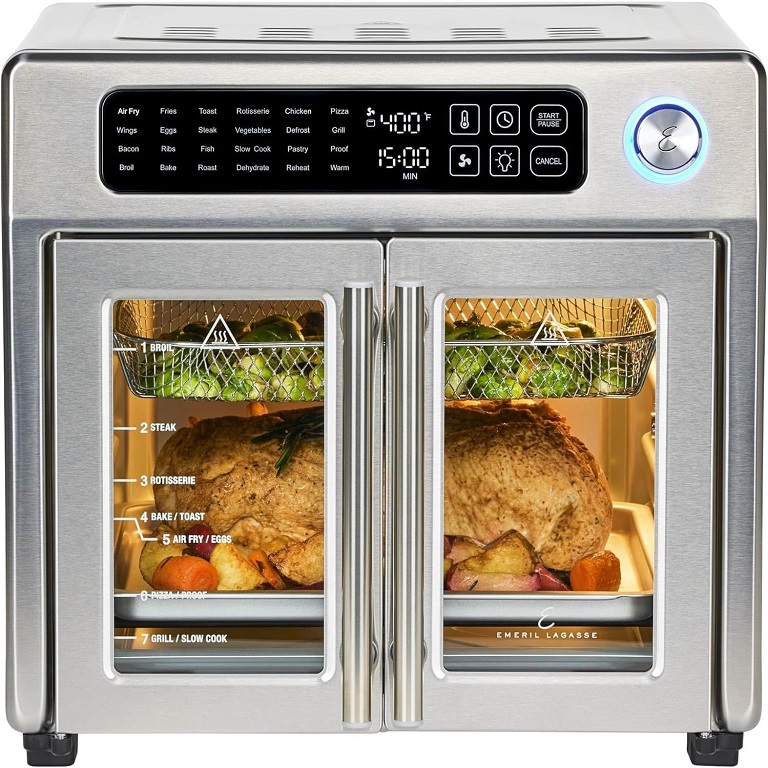
Emeril Lagasse Countertop Convection Oven
Compact oven with convection & air fryer settings. Perfect for cakes, cookies, and quick bakes without heating the kitchen.
View on AmazonDisclosure: As an Amazon Associate, I earn from qualifying purchases.
There’s something oddly sacred about rice pudding. Like it knows stories. It remembers grandma’s hands, late-night leftovers, that thrifted saucepan you never meant to keep. And yet—despite its humbleness—this classic dessert still holds its place at the grown-up’s table.
Today, we’re diving deep into what makes old-fashioned rice pudding more than just milk and rice. We’re gonna unravel its core technique, troubleshoot the big mess-ups, and give you a foolproof, chef-worthy version that’s ridiculously easy but rich with flavor and nostalgia. Ready?
Let’s get creamy.
What Is Old-Fashioned Rice Pudding, Really?
You think you know rice pudding? Think again.
At its heart, it’s just starch (rice), dairy (usually milk), sweetness, and gentle heat. But if you blink, it turns mushy. Blink again, and it’s watery. And don’t even talk about scrambled eggs if you’re doing a custard base.
Old-fashioned rice pudding is the slow-cooked, stovetop version. It’s not baked. It’s not rushed. And if you do it right, you get plump grains suspended in a creamy, luscious custard—not thickened with cornstarch, but with time and patience.
A Short History: The Dessert of the People
Rice pudding didn’t come from one place. Like most comfort foods, it came from everywhere.
India has kheer. Portugal has arroz doce. The Brits call it rice pud. The Spanish make arroz con leche. Every culture that got its hands on rice and milk invented some version of it.
In medieval Europe, it was often savory—boiled rice with broth and meat. Sugar was a luxury. By the 18th century, rice pudding had become sweet, soft, and homey. Fast forward to the 1950s in America, and it was a go-to dessert, particularly in diners and home kitchens.
Now? It’s a nostalgic revival.
The Core Ingredients (And Why They Matter)
This isn’t one of those “throw everything in and cross your fingers” recipes. Each element has a job to do. Here’s what you need and why it matters:
Rice
Use short-grain white rice. Arborio or even sushi rice work best. Why? Because short grains have more starch. That starch helps create the creamy body of the pudding.
Pro tip: Never rinse your rice for pudding. You want the starch. That’s the whole point.
Milk
Whole milk is classic. Don’t go messing around with skim or almond milk unless you’re ready to sacrifice flavor and body.
Some chefs use a mix of milk and cream for added richness. You could do that if you’re feeling indulgent, but whole milk alone gets the job done beautifully.
Sugar
White sugar is traditional. It dissolves evenly and doesn’t overpower. Brown sugar adds molassesy depth but changes the color—some purists won’t like that.
Eggs
Optional, but for a custard-style pudding, beaten egg (or yolks) added at the end gives it a silky, luscious texture. Like pastry cream. But you gotta temper it—more on that later.
Butter
Just a little at the end. It adds gloss and makes the final spoonful more velvety. Plus, it’s the secret “why is this so good?” ingredient.
Flavorings
Vanilla is non-negotiable. Use extract or a pod if you’re fancy.
Cinnamon and nutmeg are optional—but highly recommended.
Raisins? Controversial. Totally optional. Use golden ones if you must.
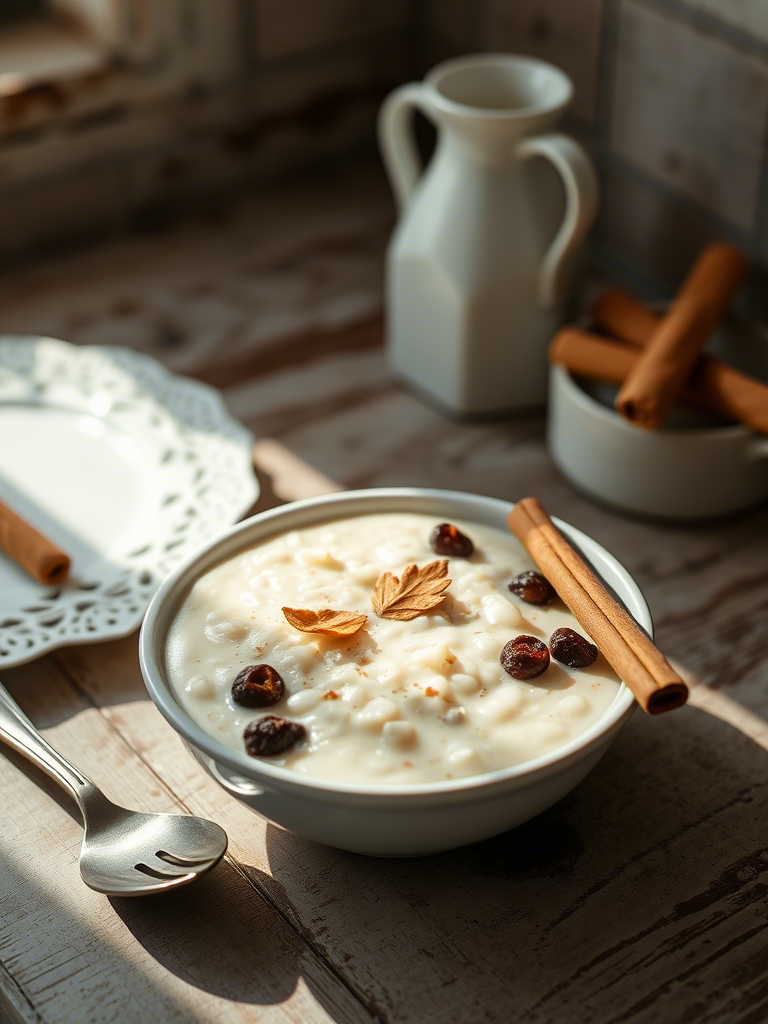
Step-by-Step: The Only Rice Pudding Recipe You’ll Ever Need
Here’s the method you want if you’re after that dreamy, old-fashioned texture.
Ingredients
- ¾ cup short-grain white rice (uncooked)
- 1 ½ cups water
- 4 cups whole milk
- ⅔ cup granulated sugar
- 1 tsp vanilla extract (or ½ vanilla bean)
- ¼ tsp salt
- 1 tbsp unsalted butter
- Optional: 2 egg yolks (for custard version), cinnamon, nutmeg, raisins
Instructions
- Cook the Rice:
In a heavy-bottomed saucepan, add rice and water. Bring it to a low boil, then simmer until water is absorbed—about 10-12 minutes. Stir occasionally so it doesn’t stick. - Add Milk & Simmer:
Pour in the milk, salt, and half the sugar. Stir it gently. Bring to a simmer—not a boil—and reduce heat to low. Stir often, especially as it thickens. This part takes about 25-30 minutes. - Sweeten & Finish:
Add the remaining sugar and vanilla. If using, toss in raisins now. Keep simmering until the texture is thick but spoonable. You should see the rice suspended, not sunk. - (Optional) Temper the Egg Yolk:
In a separate bowl, beat the yolks. Slowly ladle in some hot pudding liquid while whisking the yolks. Then pour the yolk mix back into the pot. Stir for 2-3 minutes until thickened and glossy. Don’t let it scramble! - Add Butter & Cool Slightly:
Take it off the heat. Stir in butter. Cover with plastic wrap right on the surface to avoid a skin if cooling. Serve warm or chilled.
That’s it. No baking dish. No water bath. Just stovetop love.
Expert Insights: Why Rice Pudding Often Fails
You wouldn’t believe how often professionals get rice pudding wrong. Even restaurants mess it up. Here’s where it goes sideways:
- Undercooked rice. It needs to be tender all the way through. No crunch.
- High heat. Boiling scalds the milk and curdles the pudding. Always simmer.
- Wrong rice. Long-grain rice won’t give you the right creamy body.
- Skipping the stir. Stirring isn’t optional—it helps release starch and prevent sticking.
- Not letting it rest. Pudding thickens more as it cools. Don’t judge the texture hot.
Emerging Trends: Is Rice Pudding Having a Moment?
Yep. Big chefs are reclaiming rice pudding. Not just for the old-timers.
- Michelin-starred chefs are infusing rice pudding with lavender, black sesame, or toasted coconut milk.
- Some cafés are topping it with brûléed sugar or poached pear slices.
- Vegan versions are booming—made with oat milk or coconut milk and sticky rice.
But even with the trendiness, the core hasn’t changed: rice, milk, sugar, patience.
Rice Pudding Across the World: A Quick Peek
If you’re looking to switch things up, steal from the masters:
- India’s kheer uses cardamom, saffron, and chopped pistachios.
- Scandinavian risgrynsgröt is often served with butter, sugar, and cinnamon.
- Puerto Rican arroz con dulce uses coconut milk, cloves, and ginger.
- Middle Eastern versions often add rose water or orange blossom for a floral twist.
Each one starts from the same idea. It’s just dressed in local flavors.

Common Questions, Expert Answers
Q: Can I make it ahead of time?
Absolutely. It keeps well in the fridge for up to 4 days. Add a splash of milk and reheat gently to bring it back to life.
Q: Can I freeze it?
Technically yes, but the texture might go grainy. Best to make small batches fresh.
Q: How to make it vegan?
Use arborio rice, full-fat coconut milk, and maple syrup. Simmer slow and steady. It won’t be the same—but it’ll be lovely in its own way.
Q: Why is my pudding watery?
Either too much milk, not enough cooking time, or the wrong rice. Cook it longer and stir more next time.
Final Thoughts: Don’t Overthink It, Just Stir It
Rice pudding is a lesson in restraint. It rewards patience. It punishes rushing. It doesn’t ask for much—just your attention.
If you’re looking for a dessert that whispers instead of shouts, this one’s it. It’s comfort on a spoon. It’s a kitchen lullaby.
Try this recipe just once the right way, and you’ll see—rice pudding isn’t boring. It’s slow. Soft. And full of quiet magic.
And hey, if you grew up eating it? Welcome home. If not? You’re about to start a new tradition.

Mariana is a passionate home cook who creates delicious, easy-to-follow recipes for busy people. From energizing breakfasts to satisfying dinners and indulgent desserts, her dishes are designed to fuel both your body and hustle.
When she’s not in the kitchen, she’s exploring new flavors and dreaming up her next recipe to share with the Foodie Hustle community.

